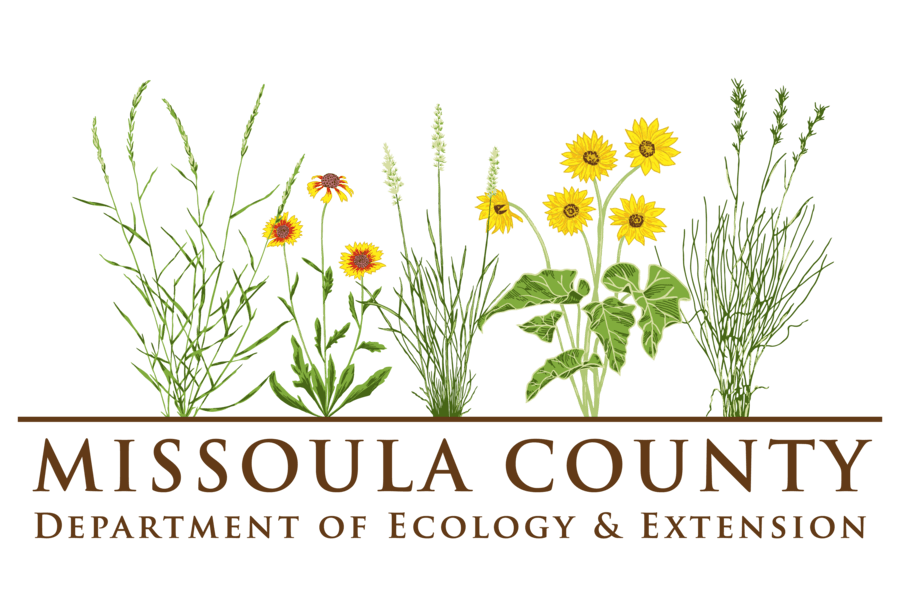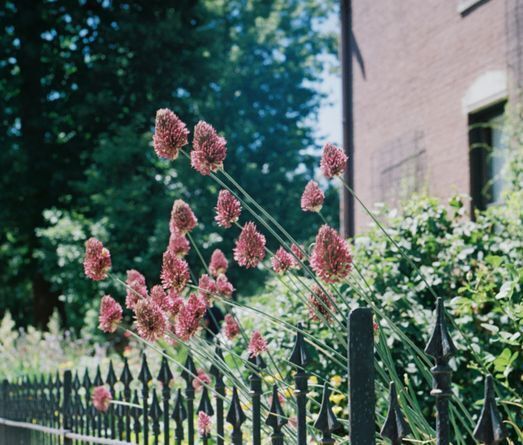Lower your water usage, improve your homes value, and become drought resistant with landscaping
Landscaping with a focus on drought tolerance, cooling, and fire safety offers a variety of benefits that can enhance your home’s sustainability, comfort, and safety. One of the best ways to achieve this is by incorporating native plants into your landscape. Native plants are naturally adapted to the local climate, making them highly drought-tolerant and low-maintenance, which helps conserve water and reduce landscaping costs. Landscaping with fire safety in mind is also essential, especially in areas prone to wildfires. Many native plants are fire-resistant, and using them in combination with proper spacing and defensible zones around your home can help minimize the risk of fire damage. By focusing on drought-tolerant, cooling, and fire-safe native landscaping, you can create a beautiful, sustainable, and safe outdoor environment that supports both your home and the local ecosystem.
Passive Heating and Cooling
Strategically designed landscaping can play a significant role in reducing your home’s energy needs by naturally managing heat and light. By planting trees, shrubs, and grasses in key areas, you can use nature to create passive heating and cooling effects, cutting down on energy use and keeping your home more comfortable year-round.
For example, placing a deciduous tree on the south side of your home provides shade during the summer months, reducing solar heat gain and helping to keep your home cooler. In winter, when the tree sheds its leaves, sunlight can pass through and warm your home, maximizing natural light and heat during the colder months. Similarly, shrubs and groundcovers can create insulating layers near the home’s foundation, reducing heat loss in winter and keeping your home cooler in summer by reducing reflected heat.
Landscaping can also help mitigate the "Heat Island Effect," which occurs when exposed surfaces like pavement or bare soil absorb and radiate heat, raising local temperatures. Adding trees, shrubs, and native grasses to your yard increases green cover, reducing the amount of heat retained by your property. Native plants, in particular, are adapted to thrive in the local climate with minimal water and maintenance, making them an eco-friendly option that promotes biodiversity while contributing to a cooler, more pleasant outdoor environment.
Incorporating thoughtful landscaping designs into your home energy retrofit not only boosts efficiency but also enhances your property’s aesthetics and environmental impact. With careful plant placement, you can harness the power of nature to passively heat and cool your home while reducing your carbon footprint.
Drought Tolerance
Western Montana’s unique climate, characterized by warm summers and variable precipitation, makes drought-tolerant landscaping a smart and sustainable choice for homeowners. By incorporating native plants and xeriscaping principles, you can create a beautiful, low-maintenance yard that thrives in the region’s environment while conserving water and supporting local ecosystems.
Why Choose Native Plants?
Native plants are well-adapted to Montana’s soil, climate, and precipitation patterns, making them naturally resilient and less reliant on irrigation. Species like bluebunch wheatgrass, yarrow, Lewis’ mock orange, and lupines not only withstand dry conditions but also attract pollinators like bees, butterflies, and hummingbirds. By choosing native plants, you’re fostering biodiversity and creating a landscape that’s in harmony with the surrounding environment.
What is Xeriscaping?
Xeriscaping is a landscaping approach that minimizes water use without sacrificing beauty. This method involves grouping plants with similar water needs, using efficient irrigation techniques, and incorporating water-saving elements like mulch, rock gardens, and permeable hardscapes. In Western Montana, xeriscaping can include a mix of native grasses, wildflowers, and shrubs paired with decorative stones or gravel for a stunning, functional design.
Benefits of Drought-Tolerant Landscaping
- Water Conservation: Reduce your outdoor water use significantly by designing a yard that thrives with minimal irrigation.
- Low Maintenance: Native plants and xeriscaped designs require less mowing, fertilizing, and upkeep compared to traditional lawns.
- Cost Savings: Save on water bills, fertilizers, and other landscaping expenses over time.
- Resilience: Native plants are better equipped to handle Montana’s hot, dry summers and cold winters, ensuring a healthy, long-lasting landscape.
Whether you’re starting fresh or upgrading your existing yard, drought-tolerant landscaping is a practical way to save resources, support local wildlife, and create a yard that complements Western Montana’s natural beauty. Embrace the power of native plants and xeriscaping to transform your outdoor space into an eco-friendly oasis!
Reducing Wildfire Risks - Home Ignition Zone
Your home and surrounding areas are vulnerable to fire through three ignition sources: embers, surface fires, and crown fires. You can reduce the risk of fire to your home by following a number of steps:
*These steps are provided by FIREWISE USA
Immediate Ignition Zone
- Frequently remove dead vegetation, dried leaves, pine needles, and ground debris
- Install hardscaping features (stone, gravel, concrete) around the perimeter of your home to keep the ground free of vegetation, ground litter, and debris.
- Remove trees and shrubs from this are, or replace them with succulents
- Trim tree limbs that overhang from the intermediate zone into this area
- Replace wood mulch products with noncombustible mulch products such as crushed stone/gravel options
Intermediate Ignition Zone
- Clear vegetation from under large stationary propane tanks
- Keep lawns and native grasses mowed to a height of 4 inches
- Water plants, trees, and lawns to keep them from becoming dry
- Remove ladder fuels (vegetation under trees) so a surface fire cannot reach the crowns. Prune trees up to 6 to 10 feet from the ground; for shorter trees do not exceed 1/3 of the overall tree height
- Space trees to have a minimum of 18 feet between crowns with the distance increasing with the percentage of the slope
- Tree placement should be planned to ensure the mature canopy is not closer than 10 feet to the edge of the structure
- Trees and shrubs in this zone should be limited to small clusters of a few each to break up the continuity of the vegetation across the landscape
- Create fuel breaks with driveways, walkways/paths, patios, and decks
Extended Ignition Zone
- Dispose of heavy accumulations of ground litter/debris
- Remove dead plant and tree material
- Remove small conifers growing between mature trees
- Remove vegetation adjacent to storage sheds or other outbuildings with this area
- Store firewood at least 30 feet away from the home
- Trees 30 to 60 feet from the home should have at least 12 feet between canopy tops. Trees 30 to 100 feet from the home should have at least 6 feet between canopy tops
Fire-Resistant Plants
Fires can damage soil and reduce its capacity to hold moisture. This can affect plants' ability to survive. However, there are a number of groundcovers, herbaceous plants, shrubs and trees that are fire resistant. Check out this list of fire-resistant plants for Montana landscapes published by Montana State University Extension Office.

